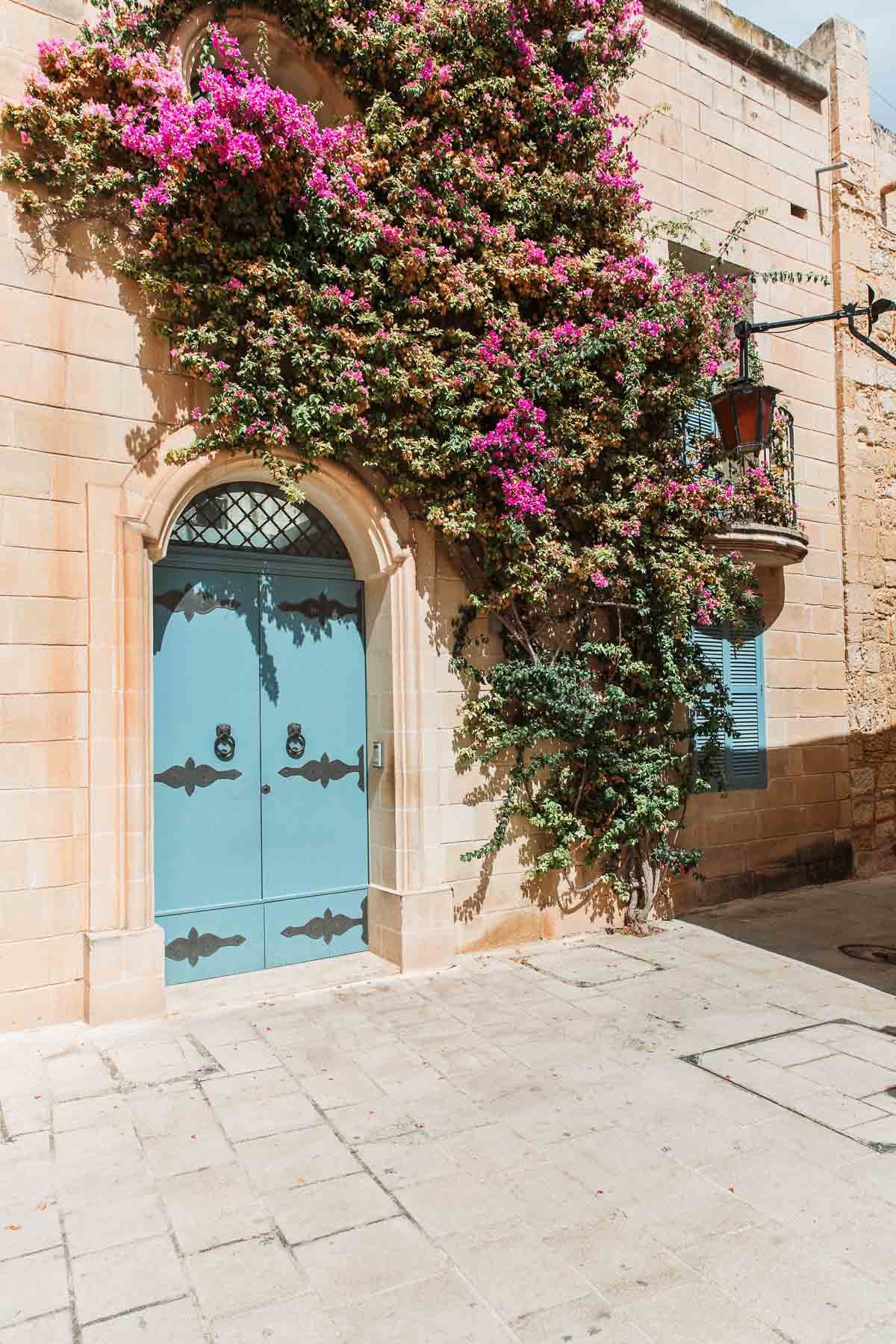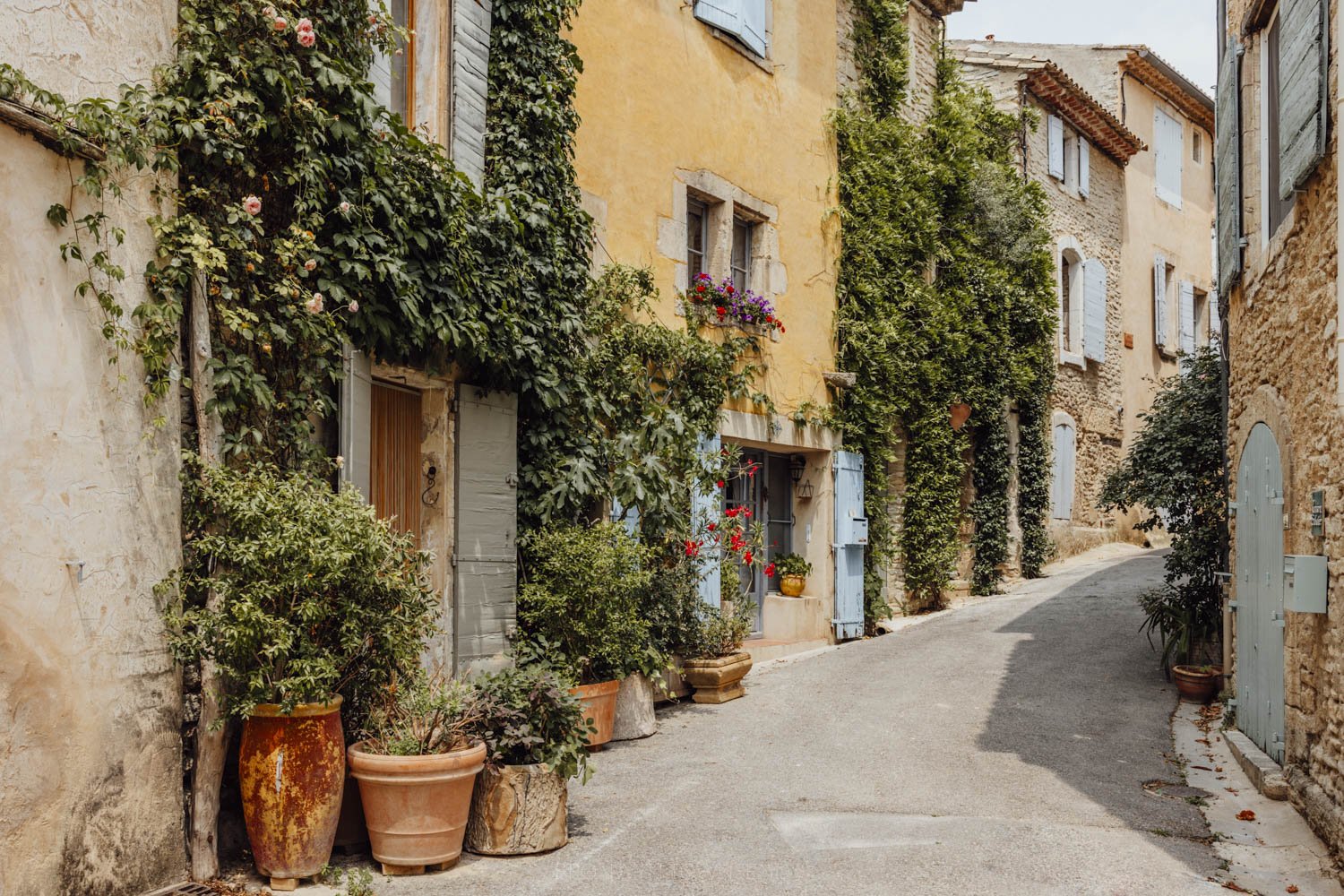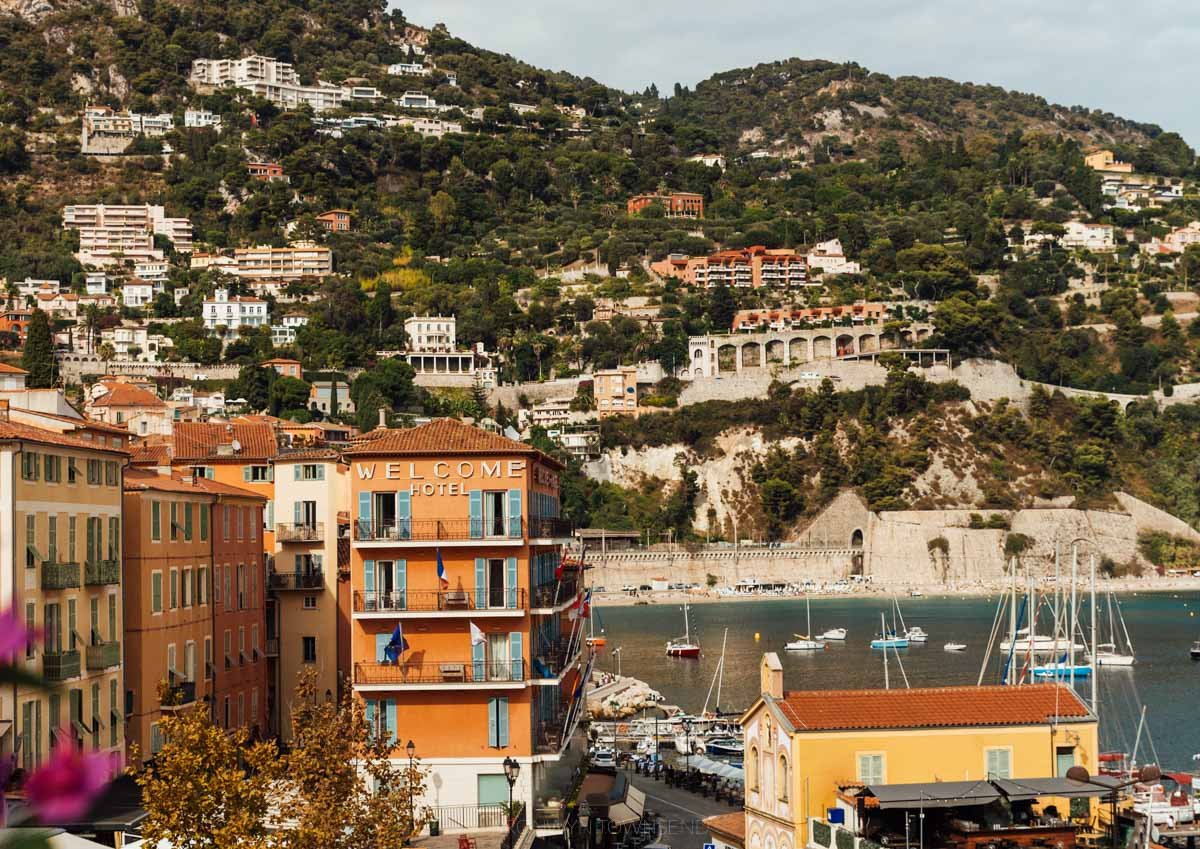A first timer's travel guide to Malta
Chances are Malta isn’t as high on your list of places to visit when you’re thinking European summer. With the likes of Italy, Croatia and Greece to contend with, it’s not surprising this tiny island nation gets a little forgotten in the mix. However Malta has an extensive and colourful history, and experiences 300 days of sunshine annually, making it worthy of your European bucket list.
Maltese history in a nutshell
Declared independent in 1964, the country had spent the better of the previous two centuries as a British colony, experienced a century under french rule, nearly 700 years as an extension of Sicily, and the Phoenicians, Romans and Byzantines all left their mark across the three islands in the years prior to that. Add to that it’s proximity to Italy and the African continent and you’ve got a melting pot of cultures. It’s little wonder there’s a lot more than meets the eye here.
Malta is pretty tiny compared to some of it’s continental European neighbours, but manages to fit a lot into it’s 316km2 land mass. Two of the islands are inhabited, Malta and Gozo, with the third, Comino, most famously known for the Blue Lagoon, having a grand ol’ population of 3! Malta is where this article will focus, as unfortunately we didn’t spend any time on Gozo.
What to see in 72 hours in Malta?
Thanks to it’s small size, covering ground is pretty easy. Malta has a well-connected bus service that reaches all over the island, although the traffic can get pretty tedious in the densely populated areas. Most busses leave from the main bus terminal in Valletta, which is a great base for your time here. And a great place to kick off our list of things to do…
Valletta
Here you will find yourself in the capital of Malta and you’d be forgiven for feeling a little confused. Traditional buildings line the streets, with vintage signage still hanging above many shop entries. However, the main street is lined with high street brands and red phone boxes, you can’t deny the British influence remains today. Take a walk along the waterfront, starting at the Upper Barrakka Gardens, down past St. Elmo and back up via the centre towards the Grandmaster Palace and St Johns Cathedral. You can choose to continue around when you reach St Elmo which will take you toward to Sliema Ferry. We didn’t do this as we were losing light, but we weren’t particularly drawn to Sliema as it is more modern with a large shopping centre and bars and restaurants.
Where to eat in Valletta? There is only one place I can recommend, as unfortunately we had a rather poor time with our dining choices while in Malta, especially as this was the tail-end of a trip which began in Sicily where we obviously indulged in ALL the carbs and gelato our bodies could consume. We did have a great brunch one morning at Kingsway Bar & Cafe though.
The Three Cities, Birgu, Senglea and Cospicua
The Three Cities as they are known sit across the bay from Valletta and have existed since the Middle Ages. Here you will find a much quieter way of life where the locals spend their days tending to plant boxes, chatting in the street or simply sitting outside their homes. Narrow streets are lined by honey-coloured buildings, coloured balconies jutting out overhead. An afternoon wandering Vittoriosa (Birgu) will remind you of another time, your footsteps echoing among the peace. Take the number 2, 3 or 4 bus from the main bus terminal in Valletta.
Mdina
This one goes out to all you Game of Thrones fans. You’ll recognise this ancient walled city from season 1 where the farewell between Catelyn and Ned Stark took place as she left King’s Landing. For those of you less intrigued by it’s TV fame and hungry for history, this medieval city was once Malta’s first capital. It’s not hard to see why Mdina is a favourite among directors though, as the fortressed city features a moat and a frenzy of winding streets dressed in golden limestone and flowers. Previously off limits to cars, certain permit holders can now enter the city, however the clip-clop of horse shoes on stone will ensure you feel like you’ve been transported back in time. Take the number 51, 52 or 53 bus from the main terminal in Valletta, all of which will take you directly there.
Marsaxlokk
Less likely to appear on the list for most tourists, this small fishing village in the south of the island is a bit of a hidden gem still. The bay is filled with hundreds of traditional, colourfully painted wooden fishing boats and lined with a number of restaurants along the waterfront. On Sundays there is a local seafood market where the Maltese shop for their weekly catch. I’m sure if we ate more seafood, we could have really enjoyed some great food here. Walk down toward the Marsaxlokk Parish Church and enjoy the offering of local liqueurs, jams and beeswax product available in the market stalls along the way. Take the number 81 or 85 bus from the main terminal in Valletta to reach this quaint little village. Nearby, you can also visit St. Peter’s pool along the coast, unfortunately a big electrical storm rolled in, so we missed out on this.
The Blue Lagoon
No doubt if you’ve seen nothing else of Malta before, you’ve seen this place. A clear blue lagoon off the coast of the smallest of the three islands, this is a tourist hotspot. If you’re basing yourself in Valletta for your stay, you will likely want to make a full day of this excursion. You have two options if you aren’t hiring a car, the first is to take a day cruise along the coast, usually departing from Sliema. The second, which we did, was to catch the bus to the ferry terminal at Cirkewwa, then jump on the ferry across to the Lagoon. This is a bit lengthy and if you do the trip on the weekend like we did, the traffic leaving Valletta was a nightmare. Although it is definitely the cheapest option if you are on a budget. There are a number of food and drink stands to accommodate visitors, just ensure to bring enough cash with you! Take the number 41 bus from the main terminal in Valletta which will drop you at the ferry terminal in Cirkewwa.


























